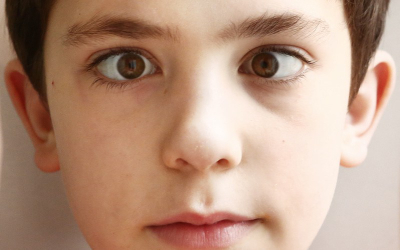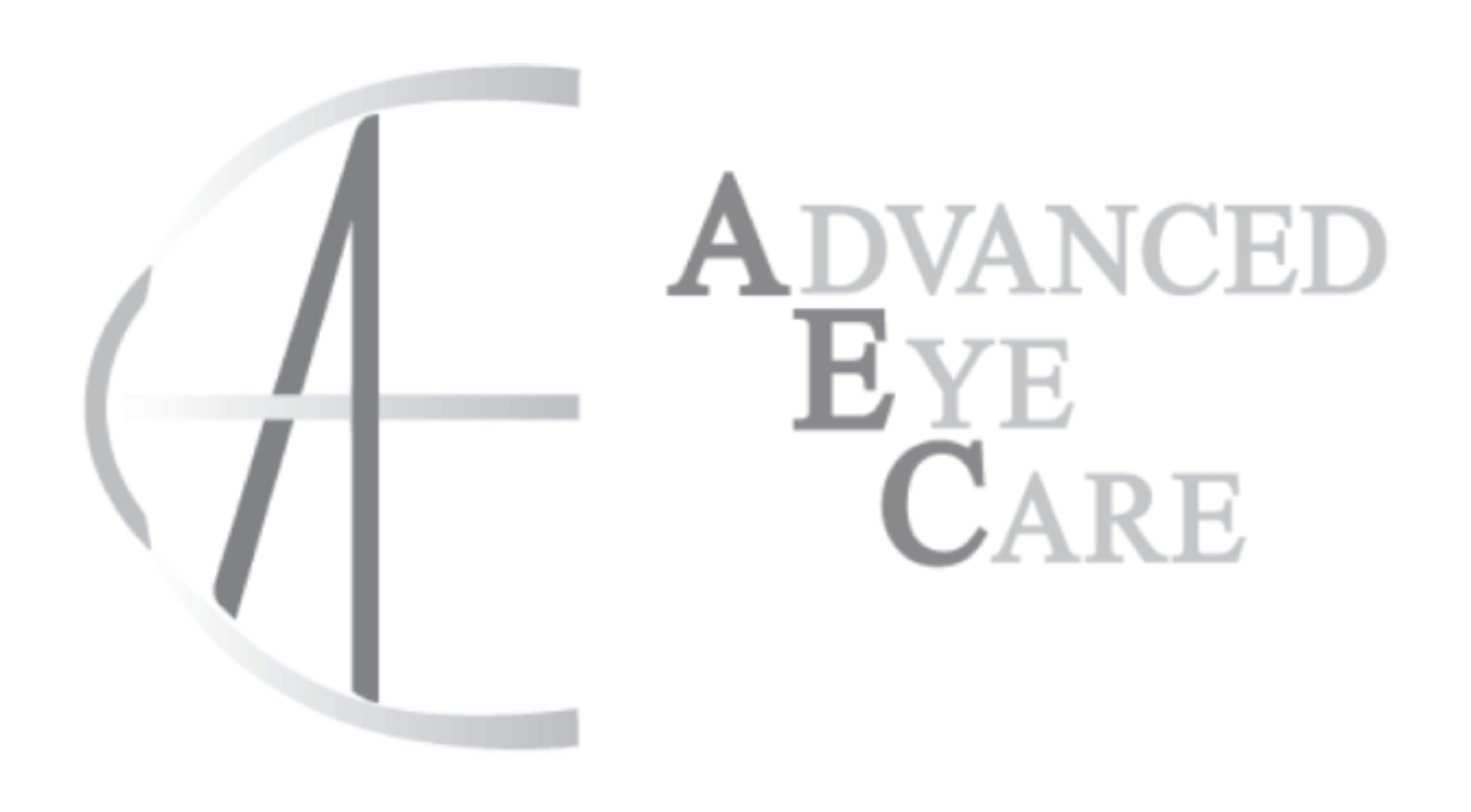What is strabismus?
Strabismus is a visual defect in which the eyes are misaligned and point in different directions. One eye may look straight ahead, while the other eye turns inward, outward, upward or downward.
The eye turn may be constant, or it may come and go. Which eye is straight (and which is misaligned) may switch or alternate.
Strabismus is a common condition among children. About 4 percent of all children in the United States have strabismus. It can also occur later in life.
Strabismus occurs equally in males and females. It may run in families; however, many people with strabismus have no relatives with the problem.

How do the eyes work together?
With normal vision, both eyes aim at the same spot. The brain then combines the two pictures into a single three-dimensional image. This three-dimensional image gives us depth perception.
When one eye is out of alignment, two different pictures are sent to the brain. In a young child, the brain learns to ignore the image of the misaligned eye and sees only the image from the straight or better-seeing eye. The child then loses depth perception.
Adults who develop strabismus often have double vision because their brains have already learned to receive images from both eyes and cannot ignore the image from the turned eye.
A child generally does not see double.
Amblyopia
Good vision develops during childhood when both eyes have normal alignment. Strabismus may cause reduced vision, or amblyopia, in the misaligned eye.
The brain will pay attention to the image of the straight eye and ignore the image of the crossed eye. If the same eye is consistently ignored during early childhood, this misaligned eye may fail to develop good vision, or may even lose vision. Strabismic amblyopia occurs in approximately half of the children who have strabismus.
Amblyopia can be treated by blurring or patching the “good” eye to strengthen and improve vision in the weaker eye. If amblyopia is detected in the first few years of life, treatment is usually successful.
If treatment is delayed, amblyopia may become permanent. As a rule, the earlier amblyopia is treated, the better the result for vision.
What causes strabismus?
The exact cause of strabismus is not fully understood. Six eye muscles, controlling eye movement, are attached to the outside of each eye. In each eye, one muscle moves the eye to the right, and one muscle moves the eye to the left. The other four muscles move it up or down and at an angle.
To line up and focus both eyes on a single target, all of the muscles in each eye must be balanced and working together. In order for the eyes to move together, the muscles in both eyes must be coordinated. The brain controls these eye muscles.
Strabismus is especially common among children with disorders that may affect the brain, such as:
A cataract or eye injury that affects vision can also cause strabismus. The vast majority of children with strabismus, however, have none of these problems. Many do have a family history of strabismus.
What are the signs of strabismus?
The main sign of strabismus is an eye that is not straight. Sometimes children will squint one eye in bright sunlight or tilt their head to use their eyes together.
How is strabismus diagnosed?
Strabismus can be diagnosed during an eye exam. It is recommended that all children between 3 and 3½ years of age have their vision checked by their pediatrician, family practitioner or an individual trained in vision assessment of preschool children. Any child who fails this vision screening should then have a complete eye exam by an ophthalmologist.
